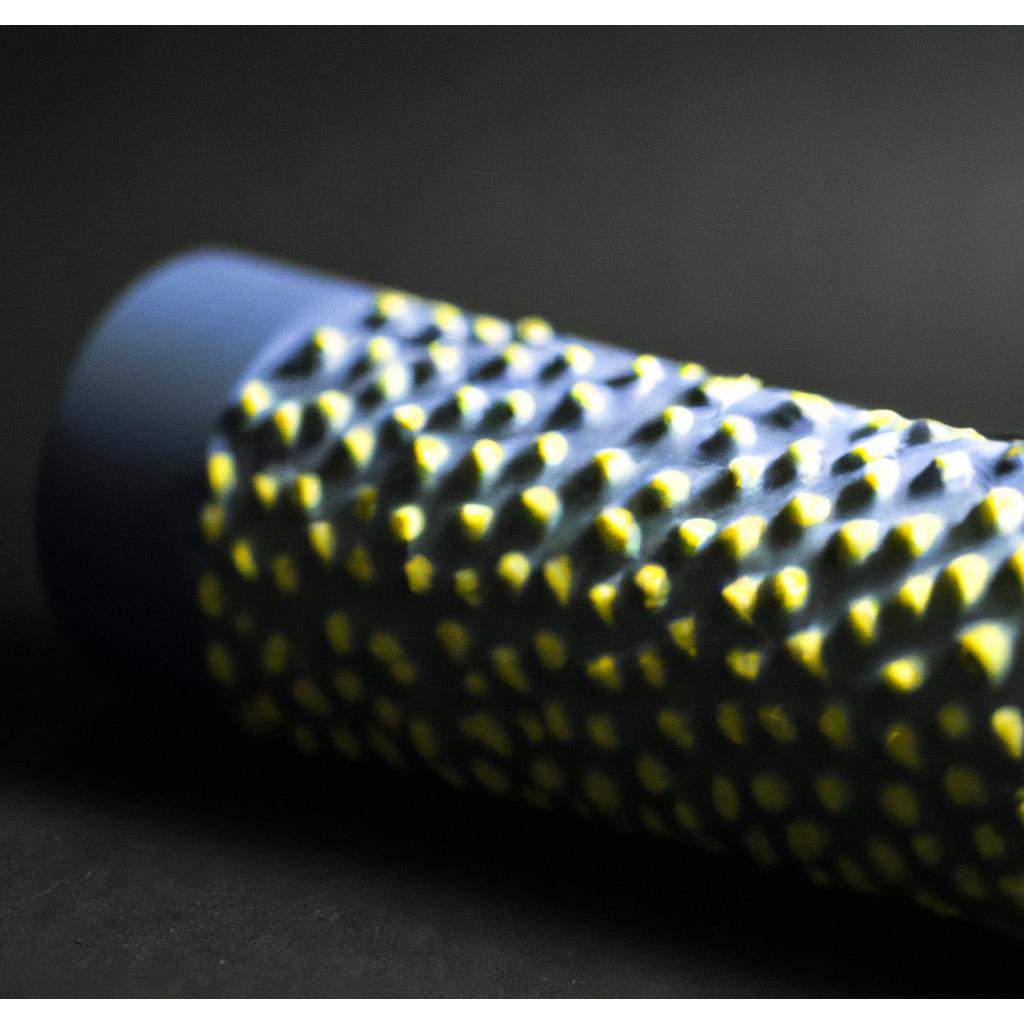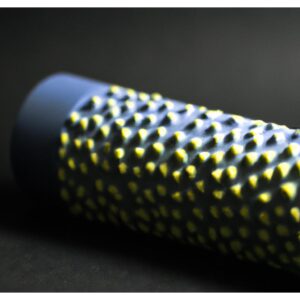**”The Integration of Breathwork Techniques in Athletic Training: Exploring How Controlled Breathing Enhances Performance and Recovery”**
The Integration of Breathwork Techniques in Athletic Training: Exploring How Controlled Breathing Enhances Performance and Recovery
In the quest for peak athletic performance, athletes and trainers often focus on physical conditioning, nutrition, and mental resilience. However, an often-overlooked aspect is the power of breath. Controlled breathing techniques, commonly referred to as breathwork, have gained traction in recent years as a vital tool in enhancing athletic performance and recovery. This blog explores the integration of breathwork in athletic training, highlighting its benefits and practical applications.
Understanding Breathwork Techniques
Breathwork encompasses a variety of techniques aimed at improving breathing patterns, enhancing oxygen flow, and regulating the body’s stress response. Techniques such as diaphragmatic breathing, box breathing, and alternate nostril breathing serve different purposes, from calming the mind to energizing the body.
Diaphragmatic Breathing
Diaphragmatic breathing, or abdominal breathing, focuses on engaging the diaphragm fully, which allows for deeper and more efficient breaths. As a result, athletes can improve oxygen exchange, which is crucial during high-intensity performance. Furthermore, this technique promotes relaxation, helping athletes manage anxiety and stress before competitions.
Box Breathing
Box breathing is another effective technique that involves inhaling, holding, exhaling, and holding the breath again for equal counts. This method not only enhances lung capacity but also helps athletes sharpen their focus by promoting a state of mindfulness. Consequently, box breathing can be particularly beneficial in high-pressure situations, allowing athletes to maintain composure.
Enhancing Performance Through Breath Control
The integration of breathwork techniques into athletic training can lead to significant performance enhancements.
Oxygen Utilization
Research indicates that effective breathing techniques can improve oxygen utilization during physical activities. By employing breathwork, athletes can maximize their aerobic capacity, allowing them to perform at higher intensities for longer durations. Moreover, improved oxygenation can lead to better endurance, enabling athletes to push through fatigue more effectively.
Mental Focus and Clarity
In addition to its physical benefits, breathwork plays a crucial role in enhancing mental focus. Controlled breathing activates the parasympathetic nervous system, which is responsible for calming the body and mind. As a result, athletes can enter a state of flow, where they are fully engaged in their performance. Therefore, by incorporating breathwork into their training regimens, athletes can cultivate mental clarity and resilience, crucial for optimal performance.
The Role of Breathwork in Recovery
Athletic training does not end with performance; recovery is equally important. Breathwork techniques can significantly aid in the recovery process.
Reduction of Stress and Anxiety
High-intensity training can lead to physical and mental stress. Controlled breathing techniques, such as progressive muscle relaxation combined with deep breathing, can help reduce cortisol levels, the body’s primary stress hormone. Consequently, this reduction in stress and anxiety not only aids in faster recovery but also enhances overall well-being.
Improved Sleep Quality
Moreover, incorporating breathwork into a post-training routine can lead to better sleep quality. Quality sleep is essential for recovery, as it allows the body to repair and regenerate. Techniques like 4-7-8 breathing, which involves inhaling for four seconds, holding for seven, and exhaling for eight, can promote relaxation and facilitate a smoother transition into sleep, thereby enhancing recovery.
Nutrition Tips for Optimal Breathwork
While breathwork plays a crucial role in enhancing performance and recovery, nutrition should not be neglected. The right dietary choices can support respiratory health and improve overall athletic performance.
Hydration is Key
Proper hydration is essential for optimal breathing. Dehydration can lead to decreased lung function and reduced exercise performance. Therefore, athletes should aim to drink adequate amounts of water throughout the day, especially before, during, and after training sessions.
Nutrient-Rich Foods
In addition, incorporating nutrient-rich foods such as leafy greens, fruits, and whole grains can support lung health. Foods rich in antioxidants help combat oxidative stress, which can impair respiratory function. Moreover, omega-3 fatty acids found in fish can enhance lung function, making them a great addition to an athlete’s diet.
Conclusion
The integration of breathwork techniques into athletic training offers a multifaceted approach to enhancing performance and recovery. By understanding the benefits of controlled breathing, athletes can optimize their training regimens, improve mental focus, and expedite recovery processes. Moreover, when combined with proper nutrition and hydration, breathwork can lead to a holistic improvement in athletic performance. Therefore, it is essential for athletes and trainers to embrace breathwork as a powerful tool in their training arsenal, paving the way for greater achievements in their sporting endeavors. The journey toward peak performance may be as simple as taking a deep breath.
FAQ
What are some common breathwork techniques used in athletic training?
Common breathwork techniques include diaphragmatic breathing, box breathing, and alternate nostril breathing. Diaphragmatic breathing focuses on fully engaging the diaphragm for deeper breaths, improving oxygen exchange and promoting relaxation. Box breathing involves inhaling, holding, exhaling, and holding the breath for equal counts, which enhances lung capacity and mental focus.
How does breathwork enhance athletic performance?
Breathwork enhances athletic performance by improving oxygen utilization during physical activities, allowing athletes to maximize their aerobic capacity and endure higher intensities for longer durations. Additionally, controlled breathing helps activate the parasympathetic nervous system, promoting mental clarity and focus, which are crucial for performing under pressure.
Can breathwork aid in recovery after training?
Yes, breathwork can significantly aid in recovery by reducing stress and anxiety levels, which can hinder the recovery process. Techniques such as progressive muscle relaxation combined with deep breathing can lower cortisol levels. Furthermore, practices like 4-7-8 breathing can improve sleep quality, allowing for better recovery as the body repairs and regenerates during sleep.















Post Comment